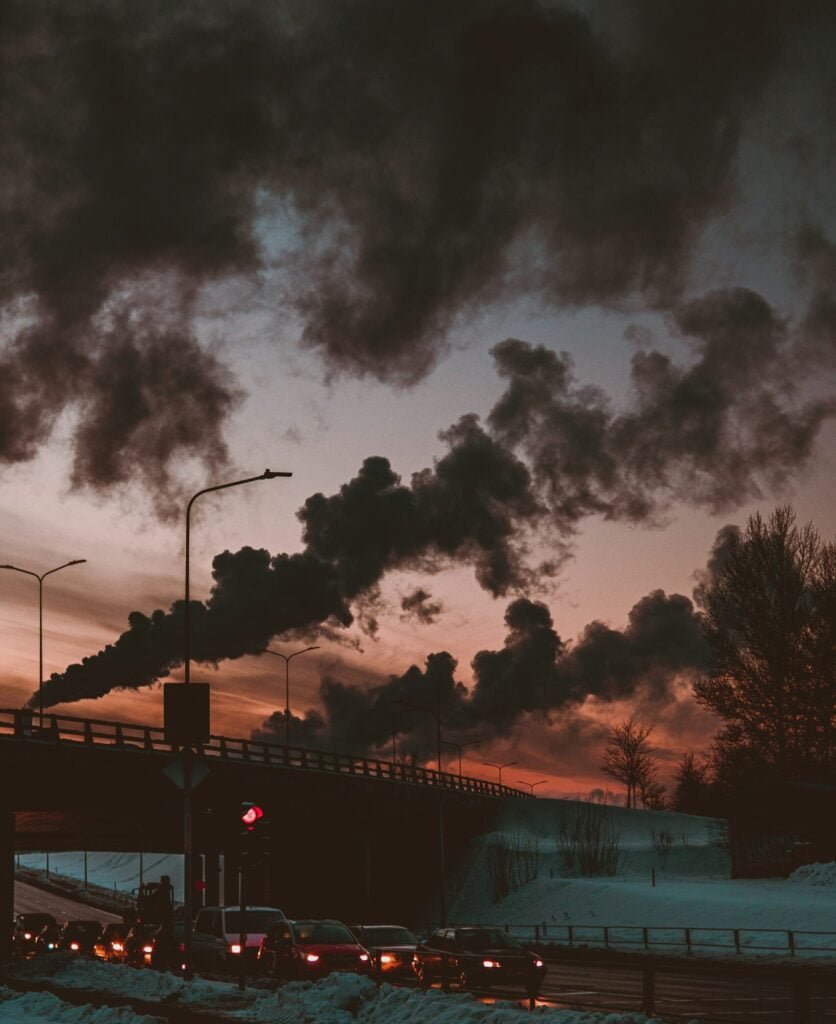How is CO2 the major cause of climate change, despite accounting for less than 1% of the atmosphere?
Climate change is primarily a problem of too much carbon dioxide (CO2) in the atmosphere. This carbon overload is caused mainly when we burn fossil fuels like coal, oil, and gas or cut down and burn forests. There are many heat-trapping gases (from methane to water vapor), but CO2 puts us at the greatest risk of irreversible changes if it continues to accumulate unabated in the atmosphere.
After a pulse of CO2 is emitted into the atmosphere, 40% will remain in the atmosphere for 100 years, 20% will reside for 1,000 years, and the final 10% will take 10,000 years to turn over. This literally means that the heat-trapping emissions we release today from our cars and power plants are setting the climate our children and grandchildren will inherit.
Earth absorbs energy from sunlight, but as the surface warms, it also emits energy in the form of infrared radiation (which we know as heat) out into space. However, CO2 acts like a cap, making it more difficult for Earth to get rid of this energy. Without gases like CO2 to absorb the energy, our planet’s average surface temperature would have been near zero degrees Fahrenheit.
About 99 percent of the atmosphere is made of oxygen and nitrogen, which cannot absorb the infrared radiation the Earth emits. Of the remaining 1 percent, the main molecules that can absorb infrared radiation are CO2 and water vapor because their atoms are able to vibrate in just the right way to absorb the energy that the Earth gives off. After these gases absorb the energy, they emit half of it back to Earth and half of it into space, trapping some of the heat within the atmosphere. This trapping of heat is what we call the greenhouse effect. Because of the greenhouse effect created by these trace gases, the average temperature of the Earth is around 15 °C, or 59 °F, which allows for life to exist.
CO2 makes up only about 0.04% of the atmosphere, and water vapor can vary from 0 to 4%. But while water vapor is the dominant greenhouse gas in our atmosphere, it has “windows” that allow some of the infrared energy to escape without being absorbed. In addition, water vapor is concentrated lower in the atmosphere, whereas CO2 mixes well all the way to about 50 kilometers up. The higher the greenhouse gas, the more effective it is at trapping heat from the Earth’s surface.
The burning of fossil fuels affects the concentration of CO2 in the atmosphere. Before the industrial revolution, the amount of CO2 in the atmosphere was about 288 ppm. We have now reached about 414 ppm, so we are on the way to doubling the amount of CO2 in the atmosphere by the end of this century. Scientists say that if CO2 doubles, it could raise the average global temperature of the Earth between two and five degrees Celsius. We are already increasing the amount of energy that bounces back to the Earth. Because of the greenhouse effect, this is causing global warming with its many destructive impacts.
Both water vapor and CO2 are responsible for global warming, and once we increase the CO2 in the atmosphere, the oceans warm up, which inevitably triggers an increase in water vapor. But while we have no way to control water vapor, we can control CO2. And because we are increasing the amount of CO2 in the atmosphere by continuing to burn fossil fuels, even in relatively small amounts compared to the entire mass of the atmosphere, we are disturbing the entire heat balance of the planet.
In summary, CO2’s significant role in climate change arises from its effectiveness at trapping heat, its long atmospheric lifetime, the large quantities emitted by human activities, and its ability to influence other climate-related factors. This combination makes it a critical driver of the current trend in global warming, despite its relatively low concentration in the atmosphere.



